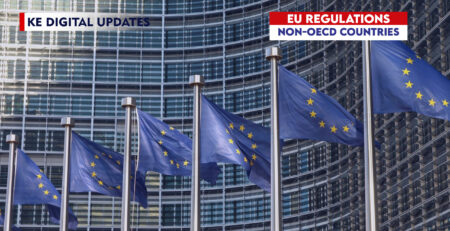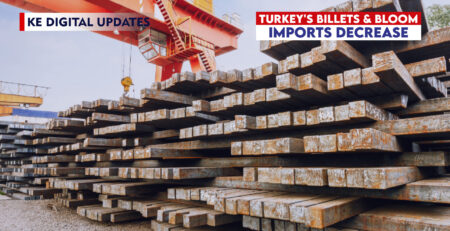In early March 2025, global rebar prices experienced a noticeable decline, driven primarily by decreased domestic demand and seasonal factors. This fluctuation in pricing is significant for the construction industry, as rebar is a crucial material used in reinforced concrete structures.
Price Declines in the UAE and Saudi Arabia
In the United Arab Emirates (UAE), rebar prices fell by $5.5 per ton, bringing the new range to $667 to $681 per ton. This decline reflects a broader trend across the Middle East, where manufacturers have had to adjust pricing in response to market conditions. Various factors, including seasonal demand fluctuations and the overall economic landscape, contributed to this drop.
Saudi Arabia saw an even more substantial decrease in rebar prices, with reductions ranging from $8 to $19 per ton, resulting in a new price range of $600 to $608 per ton. The onset of Ramadan contributed to this decline, as construction activities typically slow down during the holy month. Despite the drop in prices, the demand from construction companies remained relatively stable, with orders only decreasing by 3-5%.
Kuwait’s Price Expectations
In Kuwait, the rebar market is poised for further price declines, particularly with the anticipation of new deliveries from neighboring Qatar. These new shipments are expected to be priced between $555 and $560 per ton. The Kuwaiti market remains robust, mainly due to numerous state-funded construction projects that continue to generate demand, offsetting some of the seasonal slowdowns typically seen during Ramadan.
European Market Dynamics
The European market also experienced price reductions during the same period. In Poland, rebar prices decreased by $5 to $8 per ton, settling in the range of $688 to $699 per ton. This decline was attributed to weak demand, which has persisted as construction activity has slowed. Although buyers hoped that a temporary suspension of imports from Ukraine would stabilize prices, it did not have the desired effect.
Italy faced a similar situation, with prices falling by €30 per ton to a range of €550 to €570 per ton. Construction companies in Italy reported a sluggish pace of work, particularly in the housing sector, which has been adversely affected by a decline in apartment sales.
Stability in the US Market
In the United States, rebar prices remained stable, holding $770 to $790 per ton for domestic products. The supply of imported rebar slightly increased, with prices ranging from $735 to $780 per ton, a mild decrease from the previous month. Despite this stability, producers expressed concerns about weak demand in the market, noting a 9.8% decrease in the number of new housing projects compared to the previous month.
The Driving Force of the Middle East
Overall, the Middle East continues to be a driving force in global construction demand. Governments in the region are investing heavily in infrastructure projects as part of broader economic diversification efforts aimed at reducing dependence on oil revenues. This investment trend is reinforced by significant foreign interest, particularly from Chinese investors, who view the Middle East real estate market as a safe haven for their capital.
The World Bank has identified over 117 major Near and Middle East construction programs, with a cumulative value exceeding $1 trillion, slated for completion by 2030. This ambitious agenda underscores the region’s commitment to expanding its construction capabilities and further solidifying its role in the global market.
Conclusion
The early March price trends for rebar indicate a complex interplay of domestic demand, seasonal factors, and regional economic conditions. As the Middle East continues to invest in infrastructure and construction, the dynamics of rebar pricing will remain a critical aspect of the global market landscape. Stakeholders in the construction industry should stay informed of these developments to make strategic decisions in this fluctuating environment.







Leave a Reply